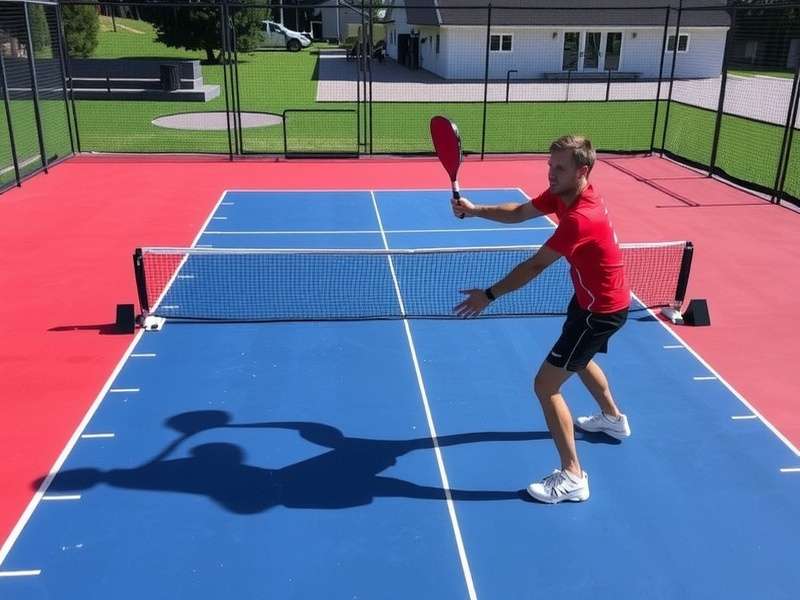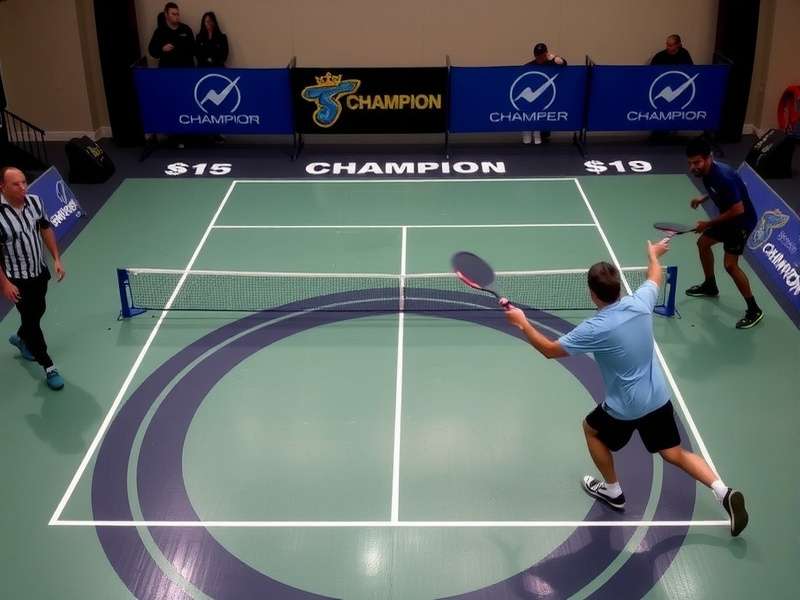Overview of Champion S Paddle
Champion S Paddleis a traditional Indian paddle sport that combines elements of skill, strategy, and physical endurance. This exciting game has been played for generations across various regions of India, with each area adding its unique flavor to the gameplay.
The game typically involves two or four players using specialized paddles to hit a ball back and forth across a designated playing area. What setsChampion S Paddleapart from similar sports is its unique scoring system and the specific techniques required to master the game.
Key Characteristics:
- Fast-paced gameplay requiring quick reflexes
- Strategic depth with various shot techniques
- Cultural significance in Indian sporting traditions
- Adaptable to different playing environments
Modern competitiveChampion S Paddlehas evolved into a structured sport with formal rules and tournaments. However, the traditional versions continue to thrive in local communities, preserving the cultural heritage of this beloved game.

Historical Development
The origins ofChampion S Paddlecan be traced back several centuries to rural communities in India. Historical records suggest that early versions of the game were played with simple wooden paddles and handmade balls crafted from local materials.
Throughout its development, the game absorbed influences from various regional traditions. The "S" in the name is believed to reference a particular stroke technique that became fundamental to advanced gameplay. This technique distinguished skilled players from novices and eventually became integral to the sport's identity.
By the early 20th century,Champion S Paddlehad gained popularity beyond its regional origins. Informal competitions began to emerge, and standardized rules started to develop as players from different areas came together for matches.
Historical Milestones:
- Pre-1900:Regional variations played in villages
- 1920s:First inter-regional competitions
- 1950s:Formal rule standardization
- 1980s:National championship establishment
- 2000s:International recognition and exposure
The post-independence era saw a renewed interest in traditional Indian sports, which provided a significant boost toChampion S Paddle. Government initiatives to preserve cultural heritage helped formalize the sport and establish training programs for aspiring players.
Game Rules & Regulations
Understanding the rules ofChampion S Paddleis essential for both players and enthusiasts. The official rulebook has evolved over time but maintains the core principles that define the game's unique character.
Court Dimensions & Setup
The standard playing area forChampion S Paddlemeasures 10 meters in length and 5 meters in width for singles matches. For doubles, the width extends to 7 meters. The court is divided by a net suspended 1.5 meters above the ground at the center.
Scoring System
Matches are played in sets, with each set consisting of games. Players must win by a margin of two points when the score reaches deuce. The unique scoring terminology includes traditional terms that reflect the game's cultural roots.
Serving Regulations
The serve must be executed from behind the baseline, with the paddle making contact with the ball below waist level. Unlike some paddle sports,Champion S Paddleallows for both underhand and sidearm serving techniques, adding strategic variety.

Recent updates to the official rules have focused on making the game more accessible while preserving its traditional elements. These changes have helpedChampion S Paddlegain popularity among younger generations.
Playing Techniques & Strategies
MasteringChampion S Paddlerequires developing a diverse set of techniques. Professional players spend years refining their skills and developing strategic approaches to the game.
The fundamental strokes inChampion S Paddleinclude the forehand drive, backhand slice, and the signature "S-shot" that gives the game part of its name. Each stroke has specific applications depending on game situation and opponent positioning.
Advanced Techniques:
- Spin Control:Mastering various types of ball rotation
- Placement Strategy:Targeting specific court areas
- Power Modulation:Varying shot intensity strategically
- Defensive Positioning:Optimal court coverage
Strategic thinking is as important as physical skill inChampion S Paddle. Successful players learn to read opponents' movements, anticipate shots, and construct points methodically rather than relying solely on power or speed.

Training regimens for competitiveChampion S Paddleplayers typically include footwork drills, reflex exercises, and match simulation. Many top players also incorporate cross-training in other sports to develop overall athleticism.
Equipment & Gear
The equipment used inChampion S Paddlehas evolved significantly while maintaining connections to traditional designs. Understanding the proper gear is essential for both performance and injury prevention.
Modern paddles are typically constructed from layered wood or composite materials, with regulations specifying maximum dimensions and weight. The playing surface may feature various textures that affect ball contact and spin generation.
Essential Equipment:
- Paddles:Regulation size and materials
- Balls:Official specifications for bounce and size
- Court:Standard dimensions and surface types
- Net System:Proper height and tension
- Footwear:Court-appropriate shoes for traction
Beyond the basic requirements, competitive players often customize their equipment to match their playing style. Paddle weight, grip size, and surface characteristics can be tailored to individual preferences within regulatory limits.
Recent technological advancements have introduced new materials that offer improved performance characteristics. However, traditionalists often prefer classic equipment designs that connect them to the historical roots ofChampion S Paddle.
Cultural Significance
Champion S Paddleholds a special place in Indian sporting culture, representing more than just physical competition. The game embodies values of discipline, respect, and community that resonate throughout Indian society.
In many regions, local tournaments become community events that bring people together across generations. Elder players often share stories of legendary matches and players, preserving oral traditions associated with the sport.
The cultural impact ofChampion S Paddleextends beyond the court. The game has inspired artistic expressions including folk songs, dances, and visual artworks that celebrate its place in community life.
Community Aspects:
- Intergenerational knowledge transfer
- Festival tournaments and celebrations
- Community identity and pride
- Youth development programs
As India continues to modernize, efforts to preserve traditional sports likeChampion S Paddlehave gained importance. Schools, community centers, and sports organizations work to introduce the game to new generations while honoring its historical significance.
The future ofChampion S Paddlelooks promising as interest in traditional sports experiences a resurgence. With structured development programs and increased media coverage, the game continues to evolve while maintaining its cultural essence.